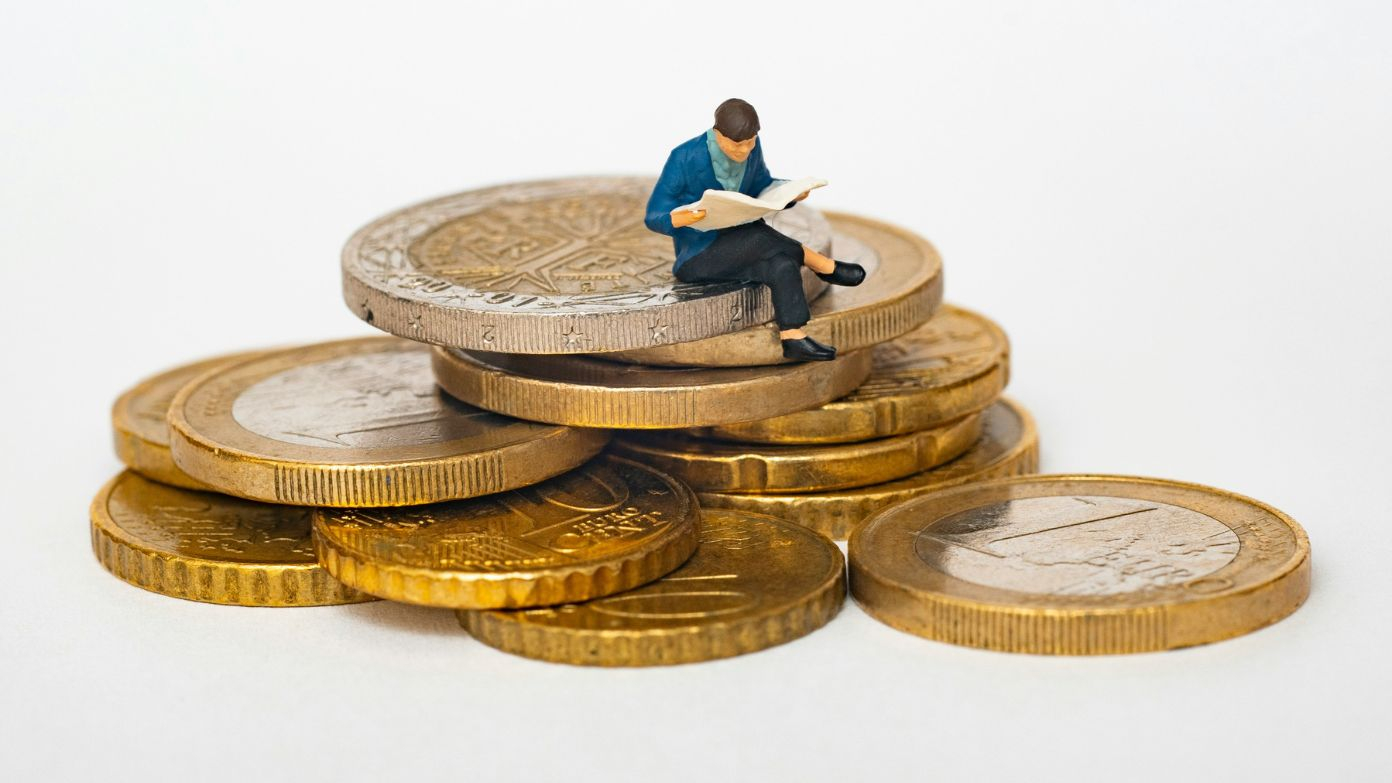Do you know that a simple penny can make you a whole lot of money? If you spot a 1943 Lincoln Wheat Penny, you need to take a closer look, it might be your ticket to riches. That penny, due to an uncommon minting error, could be worth as much as $1.7 million. This is why this penny is special and how to recognize one of them.
Why is the 1943 Lincoln wheat penny so valuable?
Copper is a metal vital in securing warfare programs which was desired during World War II. The U.S. Mint produced pennies in zinc-coated steel in 1943 to conserve this important metal. But a few 1942 bronze planchets were accidentally slipped into production, thus, there is a small number of bronze (instead of steel) pennies minted in 1943. This variant is, therefore, extremely rare and valuable.
How can you identify a 1943 bronze penny?
Here is how you can identify a 1943 bronze penny:
- Color: Unlike the common 1943 steel pennies, which have a silver-gray appearance, the bronze versions have a distinctive reddish-brown hue.
- Magnet test: Steel pennies are magnetic due to their iron content. If you have a 1943 penny that does not stick to a magnet, it could be bronze.
- Weight: A bronze penny weighs about 3.11 grams, whereas a steel penny is lighter, weighing approximately 2.7 grams.
How many 1943 bronze pennies exist?
It’s estimated that only about 20 to 40 of these bronze pennies were minted across all U.S. Mint facilities:
- Philadelphia Mint: Approximately 10 to 15 known examples.
- Denver Mint: Only one known example.
- San Francisco Mint: About five known examples.
This extreme rarity significantly contributes to their high value among collectors.
What is the value of a 1943 bronze penny?
The valuation of a bronze penny from 1943 will depend on its state and mint mark. For example:
- One example of such a price is the one that was awarded in the year 2010 to the 1943 bronze Lincoln Wheat Penny, which was set at a whopping $1.7 million, making it one of the most expensive coins in U.S. history.
- More recently in 2021, a 1943-D (Denver Mint) bronze penny was auctioned off for $840,000.
Those in conditions other than pristine can still bring six-figure prices.
Beware of counterfeits
Given the high value of these coins, counterfeits are unfortunately common. Some individuals attempt to coat 1943 steel pennies with copper to mimic the bronze appearance. To protect yourself:
- Magnet test: As mentioned earlier, a genuine bronze penny will not be magnetic.
- Professional appraisal: If you believe you’ve found a 1943 bronze penny, it’s wise to have it authenticated by a reputable coin grading service.
